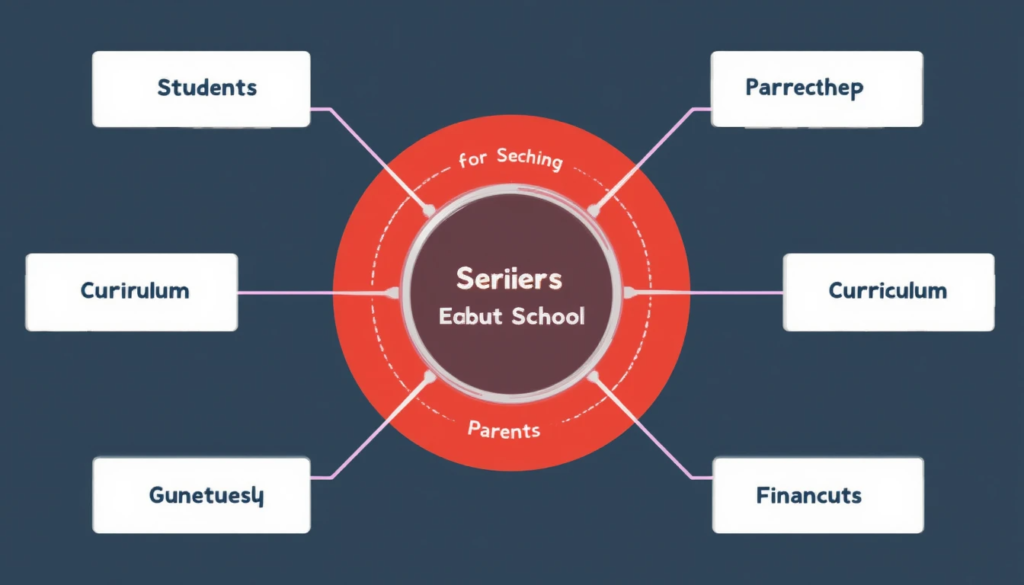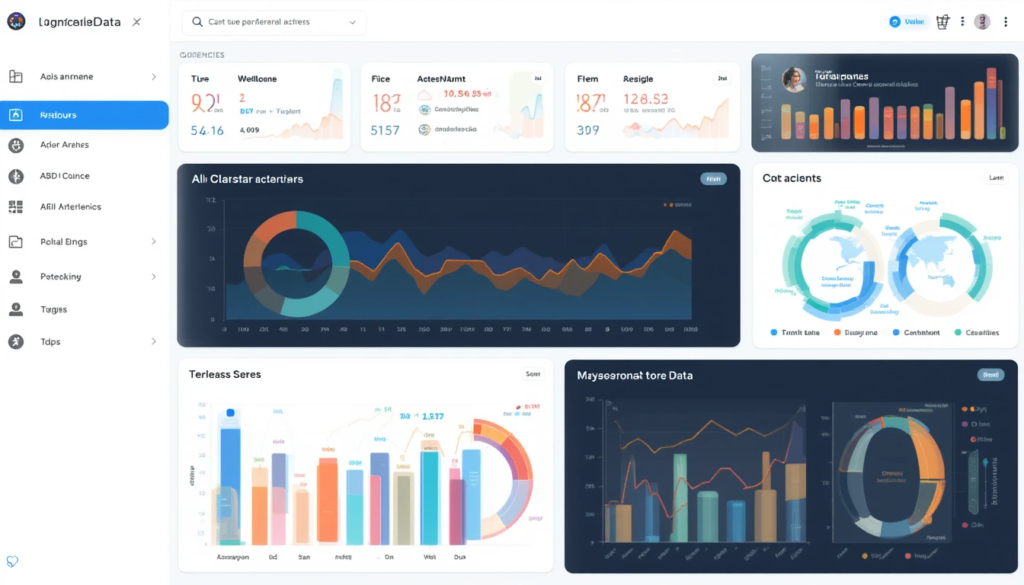Education management software is my saving grace, yo. I’m typing this in my cluttered Denver apartment, surrounded by empty Mountain Dew cans, a stack of textbooks I’m ignoring, and a sink full of dishes I swore I’d do last Monday. My cat’s batting at a stray headphone cord, and my phone’s buzzing with alerts from a school app I’m too stressed to open. I’m 30, grinding through community college part-time while working retail, trying to use classroom management software to keep my grades from tanking. Here’s my sloppy, embarrassing take on the best education management software tools for 2025, with all my dumb tech screw-ups and EdTech tools tips I’ve learned the hard way.
Why Education Management Software Is My Love-Hate Vibe
I’m legit terrible at using school management apps. I once lost a whole semester’s assignments ‘cause I forgot how to sync Google Classroom—yep, I cried in a Starbucks. But education management software is a must for students like me. I read on EdTech Magazine that these tools can boost organization by 30%, which is enough to stop me flunking out. These student organization tools are my attempt to keep my academic life from being a total trainwreck.

My Best Education Management Software Tools for 2025
Here’s my list of education management software tools that keep me from failing class. I’ve tried ‘em, botched ‘em, and learned a bit.
- Google Classroom: Organizes assignments and grades. My prof swears by it (check Google Classroom).
- My Dumb Moment: I submitted a blank doc ‘cause I didn’t save my work. Prof was not impressed.
- Canvas: Tracks courses and deadlines. I’m obsessed but still mess it up (see Canvas).
- Cringe Alert: I posted a meme in a Canvas discussion board by accident. Everyone saw it.
- Blackboard: Another solid platform for class stuff. My college uses it.
- Schoology: Connects students and teachers. I tried it for a group project (check Schoology).
- Oops: I forgot my login and missed a quiz. Classic me.
- Microsoft Teams: For class chats and files. I’m still figuring out the interface.
- ClassDojo: Great for tracking progress. My friend’s a teacher and loves it (see ClassDojo).
- My Fail: I thought ClassDojo was just for kids and ignored it at first. Wrong.
- Trello: Organizes group projects like a boss. I use it for study plans (check Trello).
- Remind: Sends deadline alerts. Saved my butt once (see Remind).
- PowerSchool: Tracks grades and schedules. My advisor uses it.
- Embarrassing Bit: I misread a PowerSchool grade and thought I failed. Had a meltdown for nothing.
- Notion: All-in-one for notes and tasks. I’m hooked but it’s overwhelming (check Notion).
- Chill Out, Yo: Tech crashes happen. I freaked when Canvas lagged, but a deep breath fixed my vibe.

How I Keep Screwing Up Education Management Software
Real talk: classroom management software is not my jam. I once spent an hour trying to find a Trello board I accidentally deleted—peak procrastination. Here’s what I’ve learned from my messes:
- Back Up Your Stuff: I lost a Google Classroom assignment ‘cause I didn’t save it. Always hit save.
- Learn the App: I skipped Canvas tutorials and missed a deadline. Watch the intro videos, y’all.
- Ask for Help: My classmate showed me how to use Remind right. Talk to techy friends.
- Don’t Overload: I tried using six apps at once and fried my brain. Stick to a couple.
EdSurge says EdTech tools can save students 10 hours a week on organization, which I’m trying without screwing it up again (read here).
Finding Your Own Education Management Software Groove
Picking learning management systems is like picking a taco topping—personal and a little stressful. Here’s my advice, straight from my burrito-crumb-covered couch:
- Know Your Needs: I’m a night owl, so I use apps that sync fast at 2 a.m. What’s your vibe?
- Start Small, Dude: Don’t download every app at once. I did and crashed hard. Pick one or two.
- Use Free Tools: Google Classroom and Trello have free versions that slap. Notion’s dope too.
- Check Your Setup: I review my app progress every Sunday. Sounds nerdy, but it keeps me sane.

Wrapping Up My Education Management Software Chaos
So, yeah, I’m still a hot mess with education management software, sitting here in my Denver chaos with my cat plotting my demise. I’ve cried over lost assignments, eaten too many burritos while procrastinating, and still forget to update my apps half the time. But these student organization tools have kept me from flunking. Check out EdSurge or EdTech Magazine for more classroom management software advice if you’re curious.




